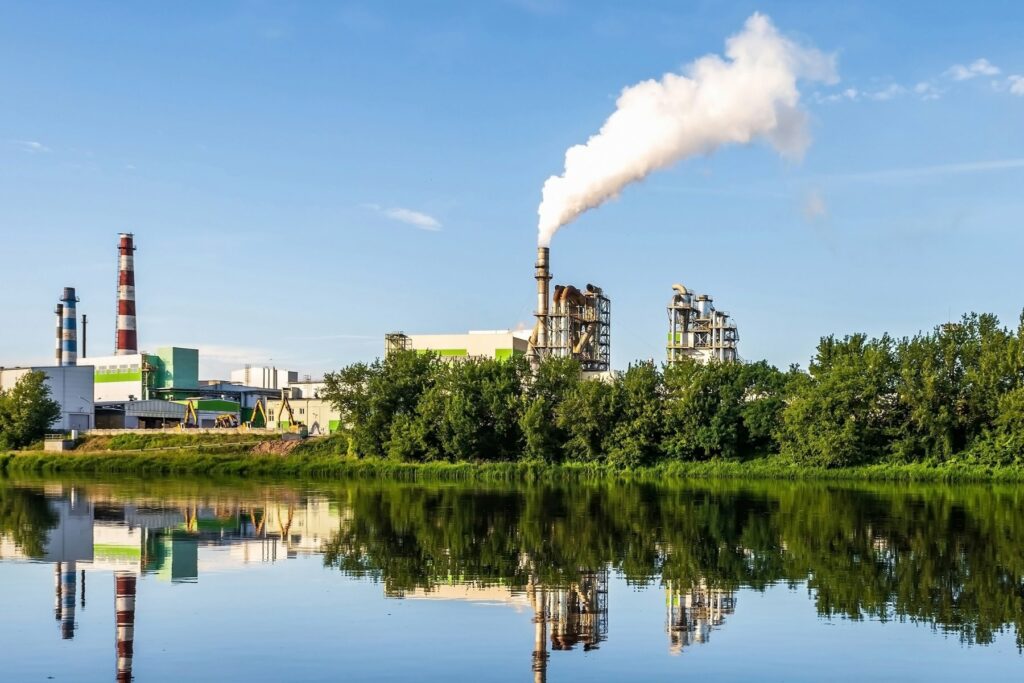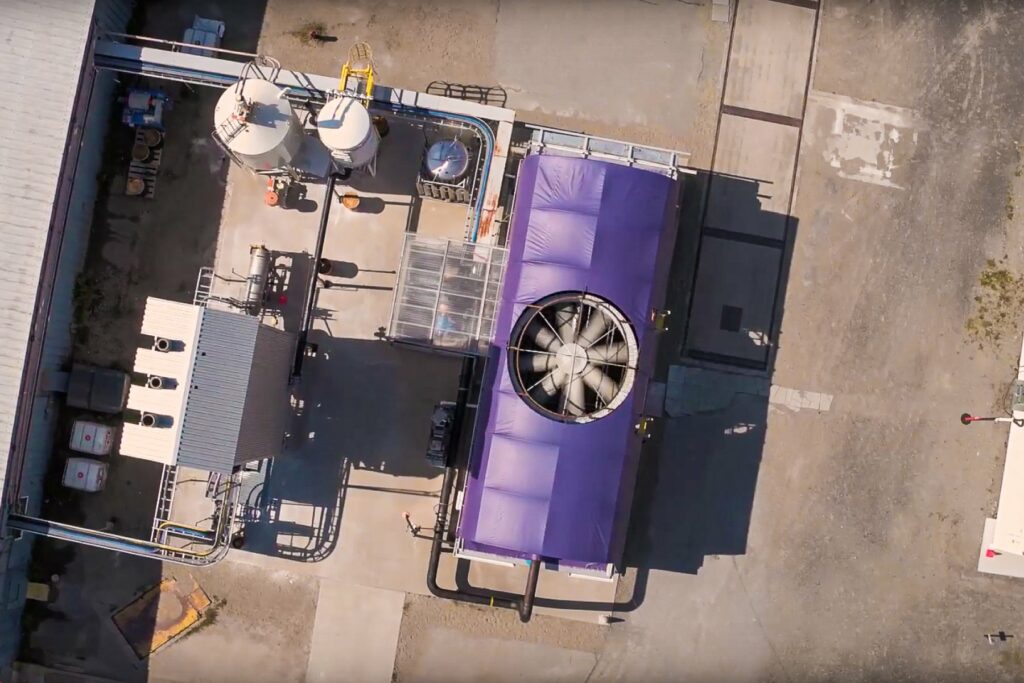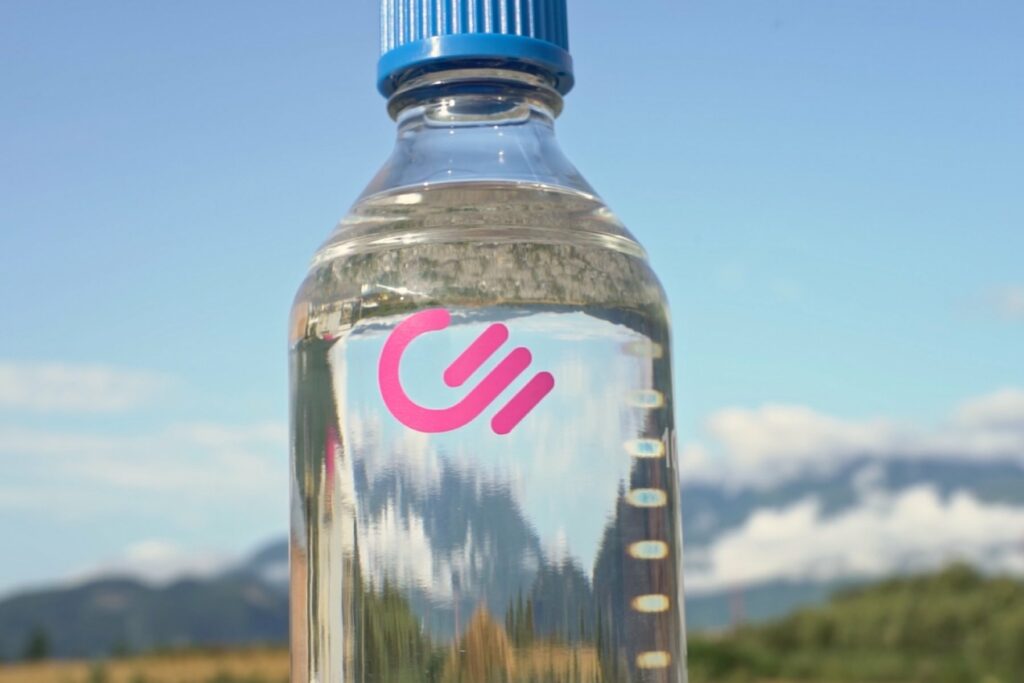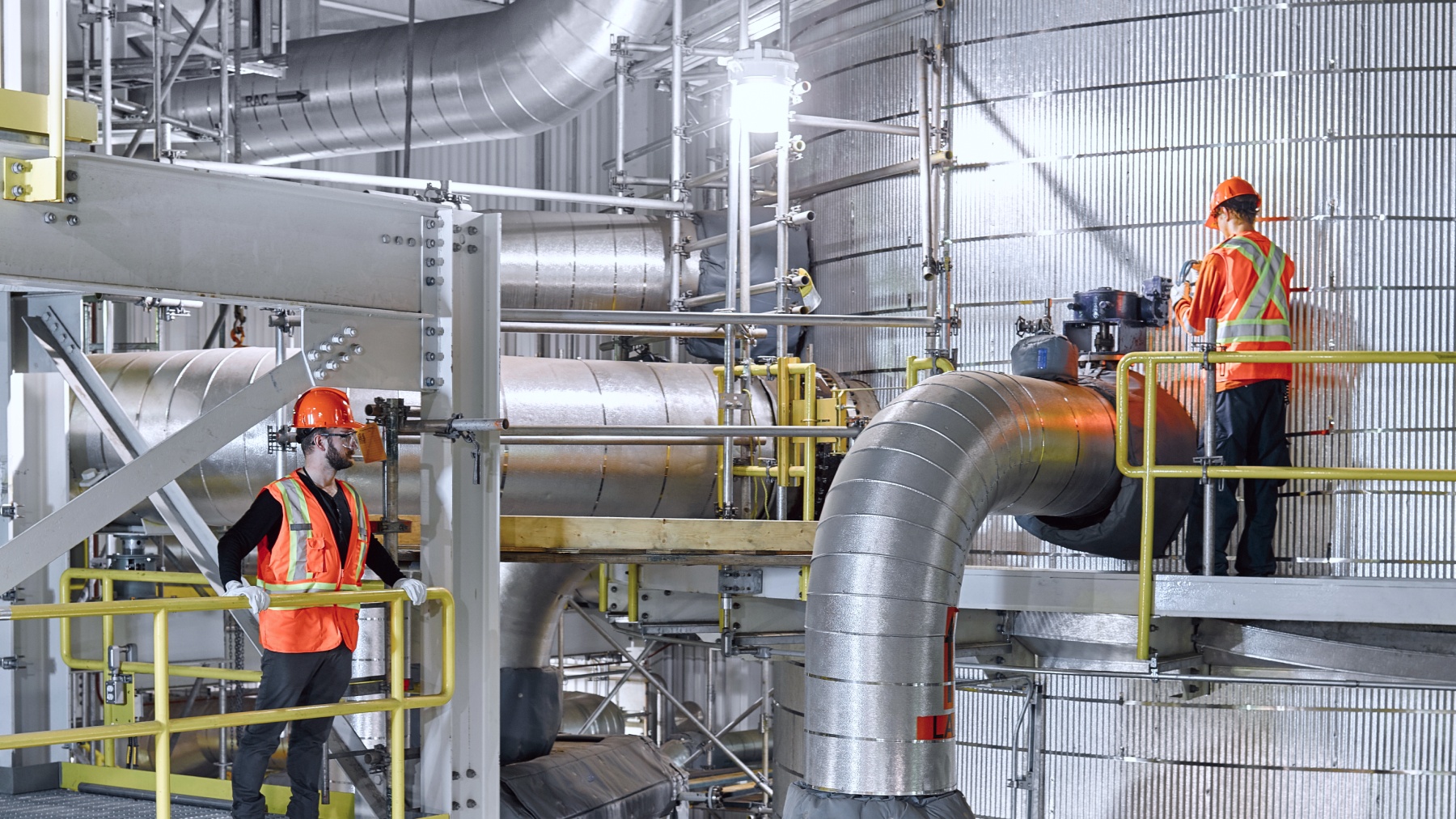Carbon management encompasses a range of technologies that capture carbon emissions from facilities or the atmosphere and transport them for permanent storage or conversion.
Authoritative analysis by the International Energy Agency and Intergovernmental Panel on Climate Change (IPCC) shows the critical role carbon management must play in achieving US and global carbon reduction targets by midcentury.
Carbon management is particularly critical for the industrial sector, which contributes roughly 30 percent of all US greenhouse gas emissions on an end-use basis. There are industries, such as steel and cement, that have significant carbon emissions resulting from the chemistry of the production process itself, regardless of energy inputs. Carbon capture is the only solution for mitigating these emissions.
Given the need for carbon management, a clear understanding of all the components, and how they interact is essential.


CE's Direct Air Capture pilot plant in Squamish BC. Credit:Carbon Engineering LTD
It can be pulled directly from the atmosphere through a process called direct air capture. Also known as carbon removal, this process can even help us achieve negative emissions by removing legacy carbon from the atmosphere. Alternatively, the carbon can be captured directly from industrial or power facilities. Capture equipment can be retrofitted to existing facilities or built into new facilities. These facilities capture the carbon before it ever enters our atmosphere. As of 2021 there are 13 commercial-scale US facilities capturing roughly 25 million metric tons of CO2 per year.
To do this, the carbon is compressed into a nonflammable and nontoxic liquid. The liquid carbon is then typically injected into a dedicated pipeline. Currently, there are over 5,000 miles of pipeline operating in the US. Alternatively, trucks are occasionally used to transport the carbon short distances, and maritime transportation is also being explored.
Carbon can be permanently stored several ways. It can be injected into the ground, about a mile deep, into a porous rock formation, principally saline reservoirs, where an impermeable rock layer acts as a seal to keep the carbon from reentering the atmosphere. Alternatively, geologic storage can occur in oil and gas fields through a process called Enhanced Oil Recovery. These storage sites are under existing state/federal regulations and monitored to ensure that the carbon stays underground and out of the atmosphere and that water resources are protected.
For example, carbon can be injected into concrete, used in plastic or other chemical manufacturing, or even create lower carbon fuels. The market for carbon is rapidly expanding as new innovations find uses for captured carbon.
While the uses for captured carbon are growing, carbon capture is not a new technology. The US has nearly a half-century’s commercial experience safely capturing, transporting, using, and storing carbon at large-scale, with no significant environmental incident since projects began in the 1970s. Globally, there are 60 large-scale projects in operation.

Carbon Engineering's low carbon intensity fuel produced using their AIR TO FUELS tm solution with carbon captured from the atmosphere. Credit:Carbon Engineering LTD
The Decarbonization Challenge
Emissions have continued to increase, despite increasing climate ambition, demonstrating that a radical transformation is needed in the way we consumes energy and manufactures products
Deploying carbon management technologies will take a dedicated effort across stakeholders to build out the necessary infrastructure needed to create a carbon market
Carbon removal technologies can help account for the hardest to decarbonize sectors such as aviation and heavy industry, while removing legacy emissions from the atmosphere
